Hells Angels: A Sociological Study
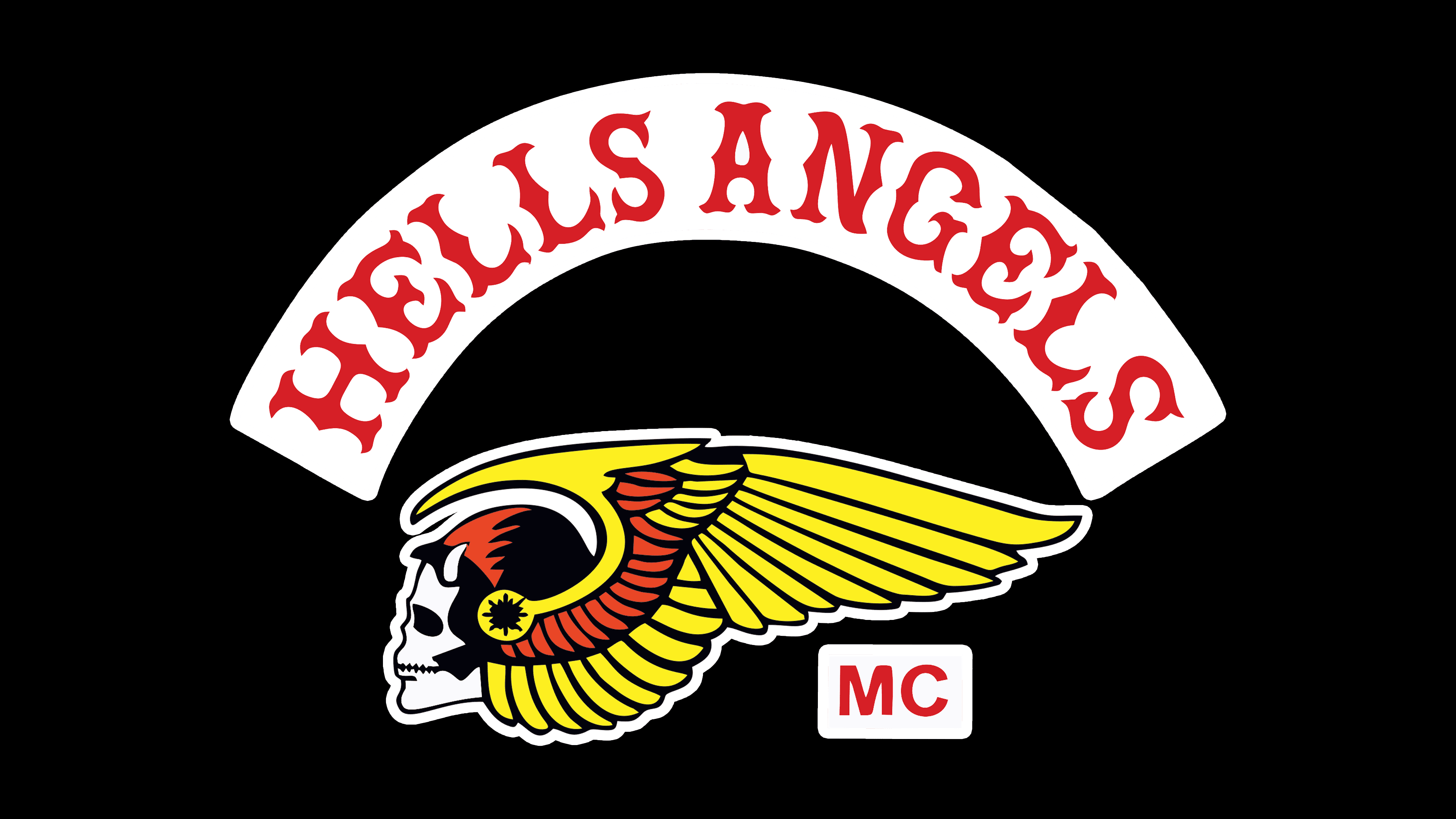
Table of Contents
The History and Evolution of the Hells Angels
Early Years and Formation
The origins of the Hells Angels can be traced back to 1948, post-World War II, in California. This period of social upheaval and uncertainty provided fertile ground for the formation of counter-cultural groups. The early Hells Angels, a relatively small group, engaged in activities common among motorcycle clubs of the time, such as riding, socializing, and occasional petty crime. Understanding the early Hells Angels requires contextualizing their emergence within the post-war social landscape.
- Founding in 1948: The club's initial formation in Fontana, California, marked the beginning of a legacy steeped in both legend and controversy.
- Initial Membership: The early members were predominantly veterans, reflecting the post-war demographic.
- Early Club Activities: These ranged from motorcycle rallies to bar fights, laying the groundwork for future, more organized criminal activities.
- Post-War Context and its Influence: The post-war economic boom and societal anxieties contributed to the rise of youth subcultures like the Hells Angels.
Expansion and Growth
The Hells Angels' expansion throughout the latter half of the 20th century involved both organic growth and the adoption of a franchise-like model. This led to the establishment of chapters across the globe, but also to increased internal conflicts and competition with rival motorcycle clubs. The globalization of the Hells Angels presented both opportunities and challenges for the club's cohesion and operational efficiency.
- Franchise Model: This strategy, though effective in expanding territorial control, also presented challenges regarding maintaining uniformity and control across different chapters.
- Internal Conflicts: Power struggles and disputes over territory and resources were commonplace, impacting the club's internal stability.
- Competition with Rival Motorcycle Clubs: The Hells Angels engaged in violent conflicts with other motorcycle gangs, solidifying their image as a powerful and ruthless organization.
- Globalization of Hells Angels: The establishment of international chapters expanded the club's reach and criminal activities into new markets.
Adapting to Modernity
Modern Hells Angels have had to adapt to technological advancements and increasingly sophisticated law enforcement strategies. Their criminal activities have evolved, necessitating new approaches to maintain operational secrecy and evade detection. The use of technology and sophisticated counter-surveillance techniques are now integral to their operations.
- Use of Technology: The Hells Angels utilize encrypted communication, advanced financial methods, and other technological tools to facilitate their criminal activities.
- Evolving Criminal Activities: While traditional criminal activities persist, they have adapted their strategies to exploit new opportunities in the globalized marketplace.
- Public Relations Strategies: The club has attempted to improve its public image, although mostly unsuccessfully.
- Counter-Surveillance Techniques: Sophisticated methods are employed to avoid detection by law enforcement.
Internal Structure and Organization of the Hells Angels
Hierarchy and Membership
The Hells Angels MC has a rigidly defined hierarchical structure. Aspirants must go through a period as “prospects” before being considered for full membership. Initiation ceremonies reinforce group loyalty and commitment to the club's rules. The patch, a symbol of membership, is highly significant and demonstrates the hierarchy and status within the organization.
- President: The ultimate leader of a chapter.
- Vice President: Second in command.
- Sergeant at Arms: Enforcer of rules and discipline.
- Prospect Status: The probationary period before full membership.
- Initiation Ceremonies: Rituals marking the transition into full membership.
- Patch Requirements: Specific requirements to earn the right to wear the club's insignia.
Rules and Codes of Conduct
The Hells Angels are governed by a strict set of rules and unwritten codes of conduct that emphasize loyalty, secrecy, and respect for the hierarchy. Retribution for transgressions is swift and often brutal, maintaining internal discipline and control.
- Loyalty: Absolute loyalty to the club and its members is paramount.
- Secrecy: Maintaining confidentiality is crucial to protect the club's operations.
- Respect for Hierarchy: Members must adhere to the chain of command.
- Retribution: Violations of rules are met with severe consequences.
- Internal Justice System: The club has its own system for dealing with internal disputes and breaches of conduct.
Maintaining Solidarity and Loyalty
The Hells Angels utilize various strategies to maintain unity and loyalty among members, fostering a strong sense of brotherhood across different chapters. These include regular meetings, large-scale runs, and shared experiences that reinforce group identity and solidarity.
- Annual Runs: Large-scale motorcycle rallies bring members together from various chapters.
- Meetings: Regular meetings are essential for communication and coordination.
- Shared Experiences: Shared activities and rituals create a sense of camaraderie and belonging.
- Symbolic Rituals: These solidify the group’s identity and reinforce shared values.
- Kinship Ties: Strong bonds between members often transcend geographical boundaries.
The Hells Angels and Society
Criminal Activities and Law Enforcement
The Hells Angels have long been involved in various criminal activities, including drug trafficking, arms dealing, extortion, and money laundering. Law enforcement agencies worldwide have dedicated significant resources to investigating and prosecuting members, leading to numerous arrests and convictions.
- Drug Trafficking: A major source of revenue for many chapters.
- Arms Dealing: The illegal trade in weapons contributes significantly to their criminal enterprise.
- Extortion: The club often uses intimidation and violence to extort money from businesses.
- Money Laundering: Sophisticated methods are used to conceal the origins of their illicit profits.
- Organized Crime Connections: The Hells Angels have established links with other organized crime groups.
- Police Investigations: Extensive investigations are ongoing to disrupt their operations.
- Prosecutions: Numerous successful prosecutions have targeted high-ranking members.
Public Perception and Media Portrayal
The public image of the Hells Angels is largely shaped by media portrayals, often reinforcing negative stereotypes and myths. However, a more nuanced understanding necessitates examining the factual basis and potential biases within these representations.
- Stereotypes: Common stereotypes include violence, lawlessness, and criminal activity.
- Myths: Many misconceptions exist regarding the club's organization and activities.
- Factual Inaccuracies: Media reports often lack factual accuracy and rely on sensationalism.
- Media Bias: Negative biases in media coverage contribute to negative public perception.
- Counter-Narratives: Efforts to present alternative perspectives are often marginalized.
Sociological Perspectives
Sociological theories, such as subcultural theory and strain theory, can help to understand the motivations and behaviors of Hells Angels members. These frameworks offer insights into the social processes that contribute to the formation of deviant subcultures and the engagement in criminal activities.
- Social Control: The factors that influence conformity and deviance within the club and in relation to wider society.
- Deviance: The sociological study of norm violations and the factors that contribute to it.
- Rebellion: The motivations behind the rejection of mainstream societal values and norms.
- Identity Formation: How membership in the Hells Angels contributes to the formation of individual and group identity.
- Group Dynamics: The internal power structures and social interactions within the club.
Conclusion
This sociological study of the Hells Angels reveals a complex organization with a rich history, intricate internal structure, and significant societal impact. Understanding their evolution, internal dynamics, and relationship with law enforcement provides a nuanced perspective on this often-misunderstood group. Further research into specific aspects of Hells Angels activity and their interaction with wider society is crucial for a more comprehensive understanding. To delve deeper into this fascinating subject, consider exploring academic journals and documentaries focusing on the Hells Angels and outlaw motorcycle culture. Gaining a complete picture of the Hells Angels requires ongoing critical analysis and investigation into their evolving role in modern society.

Featured Posts
-
 Elon Musks Dogecoin Holdings A Detailed Analysis
May 26, 2025
Elon Musks Dogecoin Holdings A Detailed Analysis
May 26, 2025 -
 Zivot Penzionera Bogatstvo I Udobnost U Skupocenim Domovima
May 26, 2025
Zivot Penzionera Bogatstvo I Udobnost U Skupocenim Domovima
May 26, 2025 -
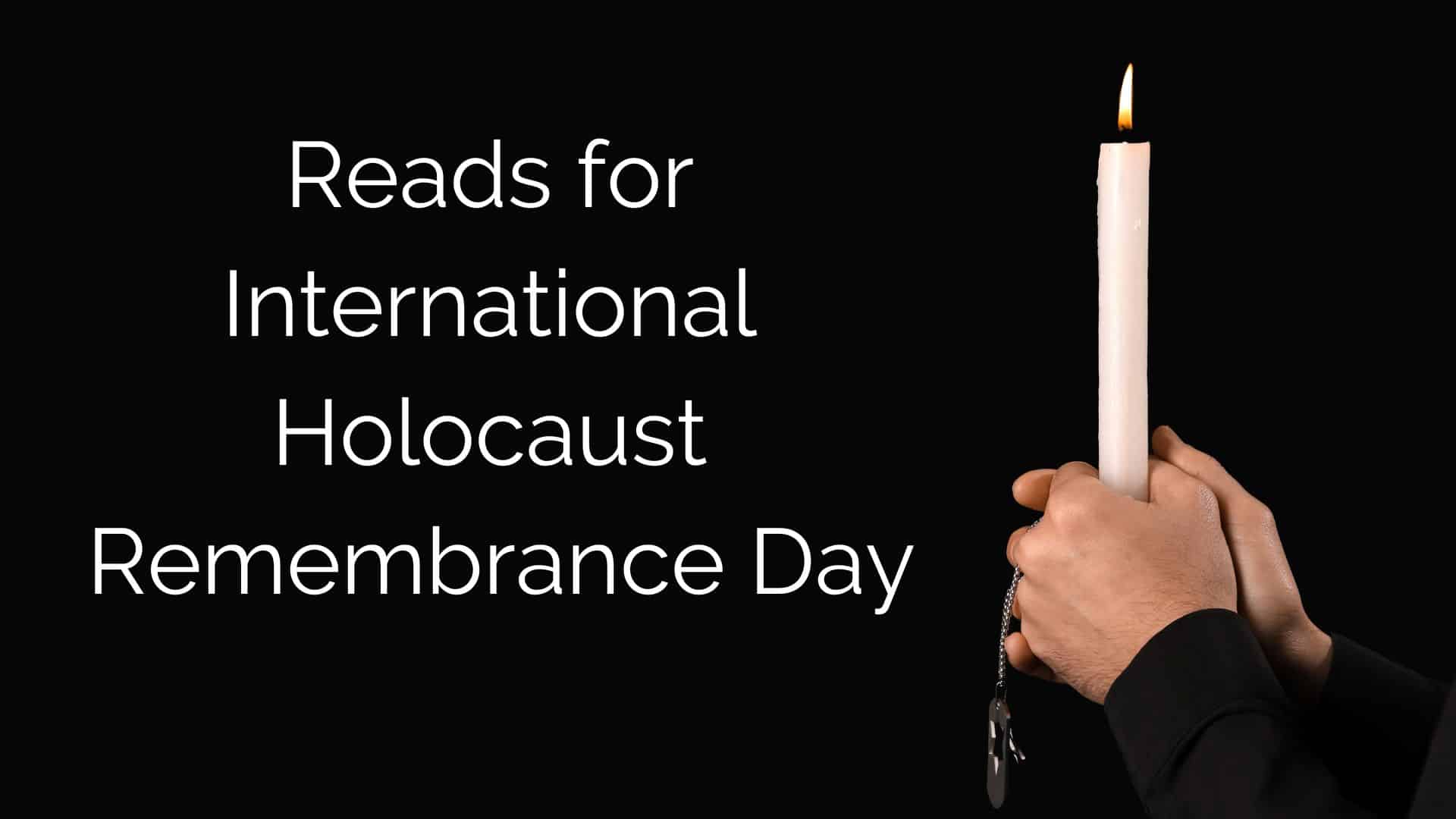 Metas Holocaust Remembrance Day Instagram Initiative Israeli Celebrities Join Fifth Annual Campaign
May 26, 2025
Metas Holocaust Remembrance Day Instagram Initiative Israeli Celebrities Join Fifth Annual Campaign
May 26, 2025 -
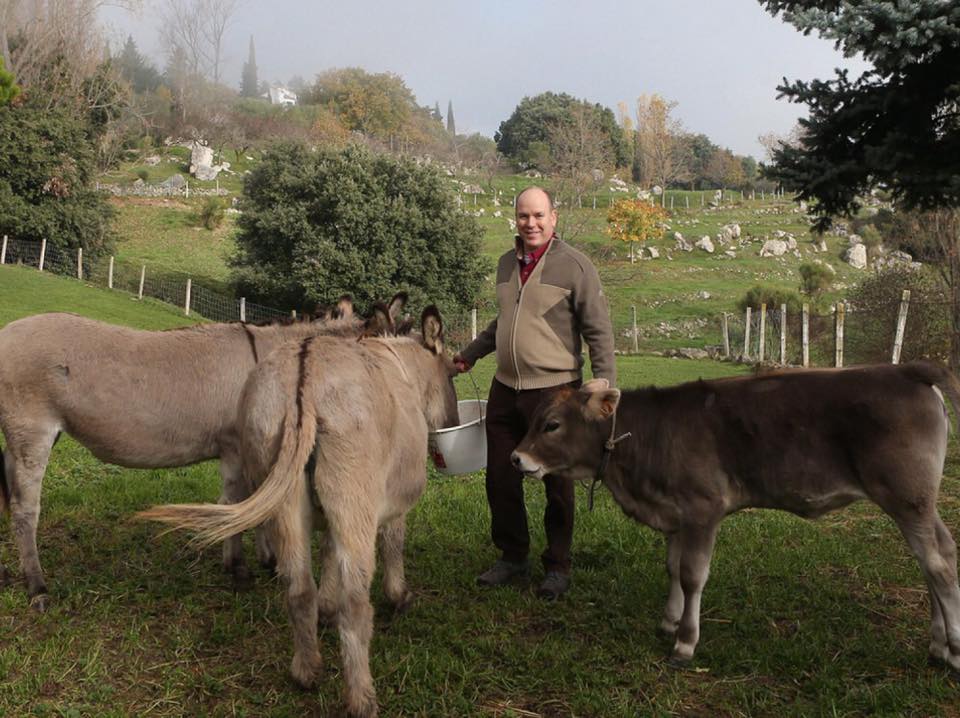 La Finca Roc Agel Historia Y Detalles De La Propiedad Grimaldi
May 26, 2025
La Finca Roc Agel Historia Y Detalles De La Propiedad Grimaldi
May 26, 2025 -
 Paris Roubaix Bottle Throwing Suspect Turns Himself In
May 26, 2025
Paris Roubaix Bottle Throwing Suspect Turns Himself In
May 26, 2025
Latest Posts
-
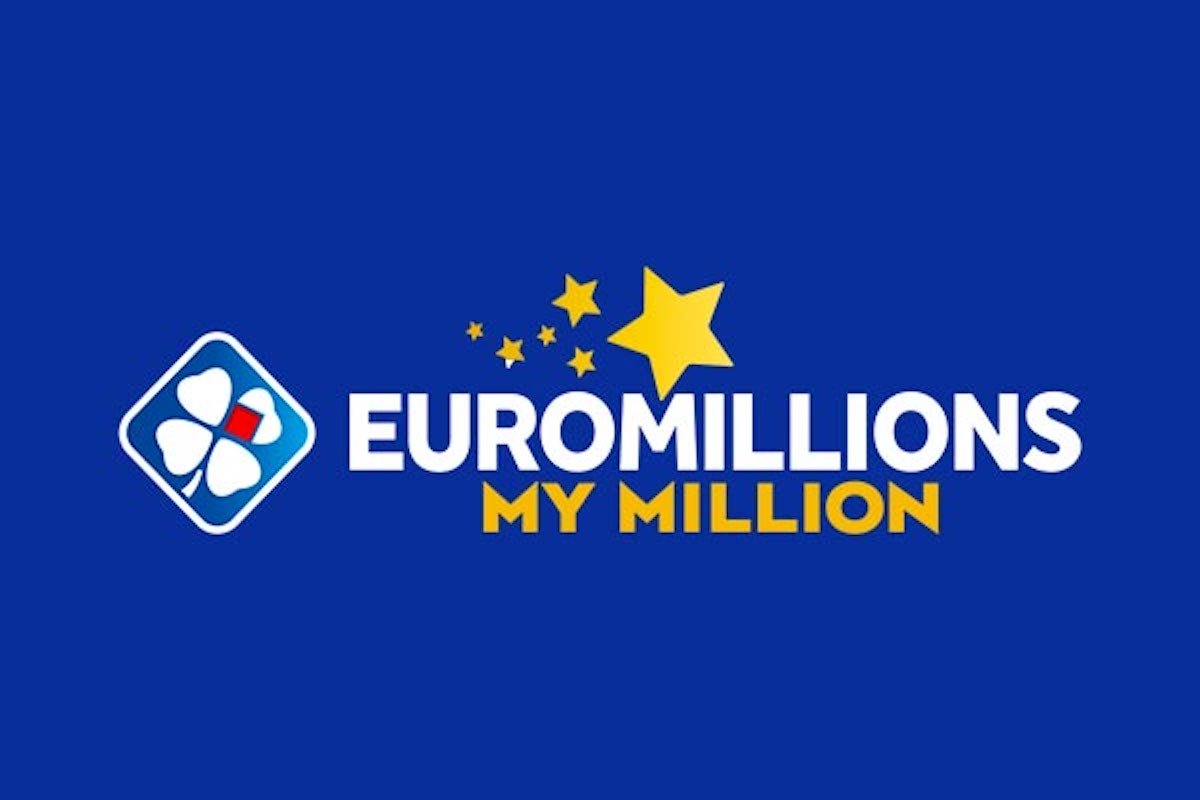 Friday Euro Millions Draw E245m Jackpot Live Updates
May 28, 2025
Friday Euro Millions Draw E245m Jackpot Live Updates
May 28, 2025 -
 National Lottery Winner Faces Five Day Deadline For 300 000 Euro Millions Prize
May 28, 2025
National Lottery Winner Faces Five Day Deadline For 300 000 Euro Millions Prize
May 28, 2025 -
 Kanye Wests Actions Towards Bianca Censori Spark Public Debate
May 28, 2025
Kanye Wests Actions Towards Bianca Censori Spark Public Debate
May 28, 2025 -
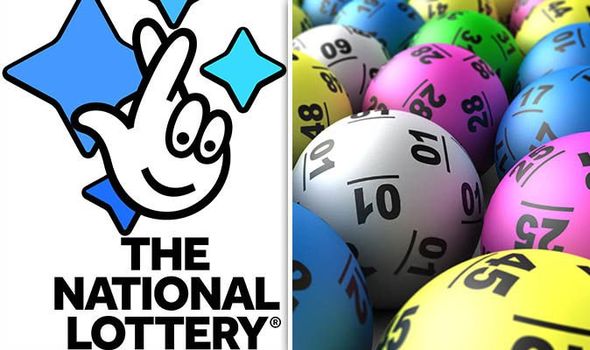 105 000 National Lottery Jackpot Winner From Broadstairs Plans Mauritius Getaway
May 28, 2025
105 000 National Lottery Jackpot Winner From Broadstairs Plans Mauritius Getaway
May 28, 2025 -
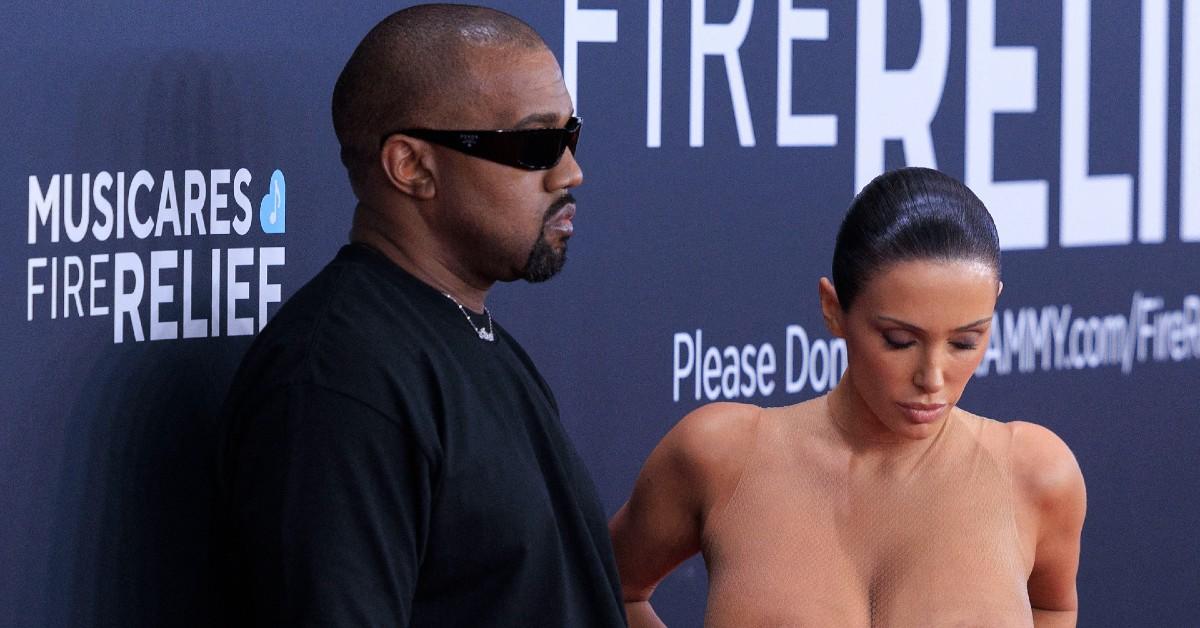 The Kanye West And Bianca Censori Situation A Discussion On Control And Influence
May 28, 2025
The Kanye West And Bianca Censori Situation A Discussion On Control And Influence
May 28, 2025
